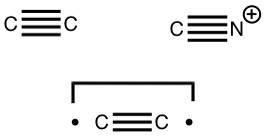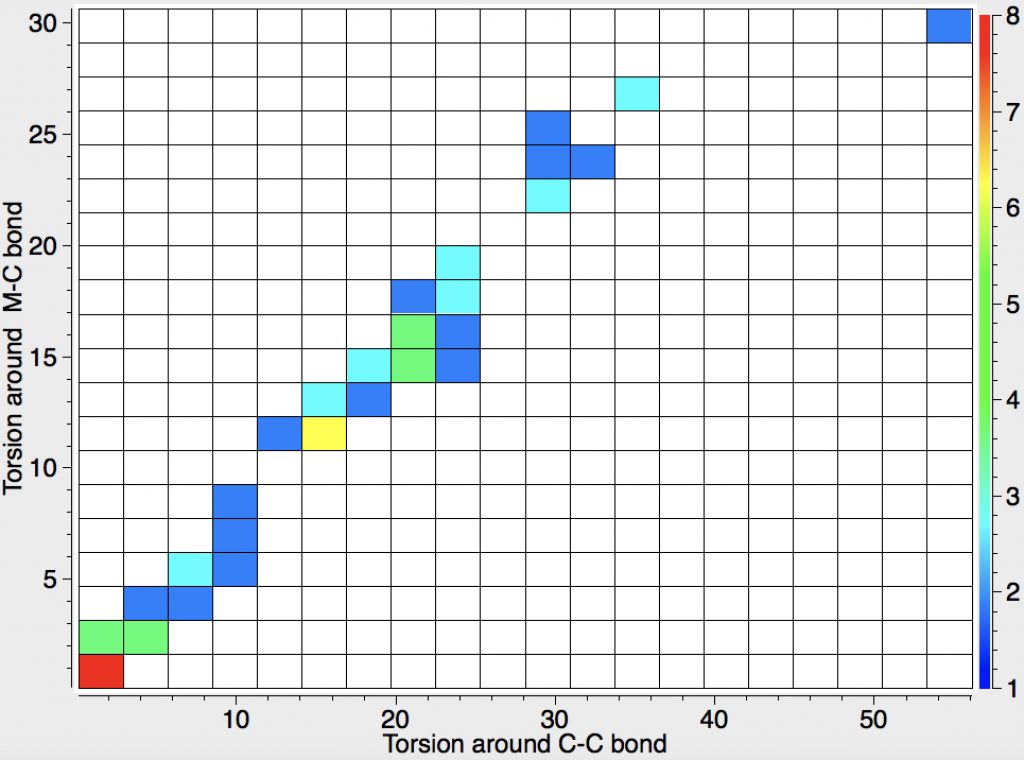A little while ago I pondered allotropic bromine, or Br(Br) 3 . But this is a far wackier report[cite]10.1126/science.aao7293[/cite] of a molecule of light. The preparation and detection of dimer and trimer bound photon states is pure physics; probably considered by the physicists themselves as NOT chemistry. It is certainly true, as a chemist, that I understood only a little of the article.
Last year, I showed photos of wildflower meadows in west London close to where we live, evolving as the seasons changed. Today we hear the announcement that London itself is set be declared the world’s first National Park City in 2019. What is a park city you may ask? It draws on the principles of National Parks such as the Peak District, the New Forest, or the South Downs in the UK, but in a city setting.
The title here is from an article on metalenses[cite]10.1021/acs.nanolett.6b01897[/cite] which caught my eye. Metalenses are planar and optically thin layers which can be manufactured using a single-step lithographic process. This contrasts with traditional lenses that are not flat and where the optical properties result from very accurately engineered curvatures, which in turn are expensive to manufacture.
In the previous post, I referred to a recently published review on hypervalency[cite]10.1039/C5SC02076J[/cite] which introduced a very simple way (the valence electron equivalent γ) of quantifying the effect. Diazomethane was cited as one example of a small molecule exhibiting hypervalency (on nitrogen) by this measure.
A recently published review on hypervalency[cite]10.1039/C5SC02076J[/cite] introduced a very simple way of quantifying the effect. One of the molecules which was suggested to be hypervalent using this method was diazomethane. Here I take a closer look.
For around 16 years, Floyd Romesberg’s group has been exploring un-natural alternatives (UBPs) to the Watson-Crick base pairs (C-G and A-T) that form part of the genetic code in DNA.

Early in 2011, I wrote about how the diatomic molecule Be 2 might be persuaded to improve upon its normal unbound state (bond order ~zero) by a double electronic excitation to a strongly bound species.

The chemical bond zoo is relatively small (the bond being a somewhat fuzzy concept, I am not sure there is an actual count of occupants). So when two new candidates come along, it is worth taking notice. I have previously noted the Chemical Bonds at the 21st Century-2017: CB2017 Aachen conference, where both were discussed.

Conferences can be intense, and this one is no exception. After five days, saturation is in danger of setting in. But before it does, I include two more (very) brief things I have learnt. Sason Shaik introduced a theme he first investigated years ago, but for which no experiment had been devised for verification. He revived his theme when a journalist contacted him last year to report exactly such an observation, which I now recount.

Another selection (based on my interests, I have to repeat) from WATOC 2017 in Munich. Odile Eisenstein gave a talk about predicted 13 C chemical shifts in transition metal (and often transient) complexes, with the focus on metallacyclobutanes. These calculations include full spin-orbit/relativistic corrections, essential when the carbon is attached to an even slightly relativistic element.
